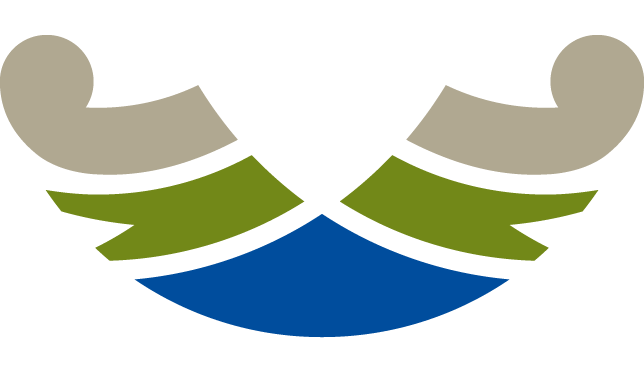Kaupapa
Te Arawa Arataua undertakes a range of projects to provide information to Te Arawa land trusts and incorporations so they are able to manage and better anticipate the opportunities and challenges they face now and in the future.
Below is a brief summary of some of the projects. For more information, please contact us at office@taps.org.nz
Pohewa Pae Tawhiti – Visualising Horizons
Pohewa Pae Tawhiti (Visualising Horizons) is an Our Land & Water National Science Challenge which aims to support land governors, particularly Māori land governors, in their land-use change decisions.
Working with project partners AgResearch, Manaaki Whenua Landcare Research, Plant & Food Research, and Scion, along with independent researchers, we developed an innovative, guided process that combines data from current land uses, climate and biophysical data, GIS information and alternative land use information with land governors’ values and aspirations for their land to provide a range of land use options that support their vision.
Pohewa Pae Tawhiti is closely linked with the Land Use Opportunities – Whitiwhiti Ora programme, utilising datasets on alternative land uses, climate, and biophysical data to support assessments of land-use diversification.
Additionally, associated kaupapa like Matatau Whenua explore how cultural knowledge can inform land-use decision-making in managed landscapes. This initiative addresses the complexity of agricultural decision-making, particularly for Māori land decision-makers, by providing a culturally appropriate framework supported by comprehensive data and expertise.
BOPRC Mānuka for Oil Trial
We are working with the Bay of Plenty Regional Council to test the economic feasibility of planting and harvesting manuka for oil to improve lake water quality around Rotorua.
Two one-hectare trial sites have been set up at Ōwhata and Ngongotaha on either side of Lake Rotorua. This is to give landowners, especially those on small land blocks, a potential alternative land use that can replace crops with a detrimental effect on water quality, such as maize or incursions of gorse and weeds.
This kaupapa will investigate the issues and costs around harvesting, processing and distribution, along with revenue potential, supporting a collective approach to investing in manuka for oil.
Takahuri Whenua
Takahuri Whenua focuses on three Māori Farming Collectives – Tuwharetoa Farming Collective, Te Arawa Arataua, and Whāngārā Partnership – and investigates the impact of various strategies on greenhouse gas emissions, farm profitability, and nitrogen leaching at individual farm levels. Discussions with governance and management of each farm have identified greenhouse gas issues and potential scenarios for modelling. Three key aspects were modelled: farm system change, forestry, and horticulture. Results show that reducing stock numbers while improving productivity can reduce greenhouse gas emissions while maintaining or improving financial returns, though results varied across farms. Forestry planting generally decreased net emissions at the farm level, with the pine regime showing the greatest financial benefit. Horticulture also showed potential for reducing emissions and improving profitability, particularly in sheep & beef farming. However, the impact of horticulture on nitrogen leaching needs consideration, especially in nitrogen-capped catchments.
Māori Farms Database
The pilot programme, conducted in two phases, started in from July 2023, focusing on methodological development and identifying Māori farms meeting specific database criteria. The programme adheres to three key principles: Māori data sovereignty, data ownership, and controlled data sharing with MPI. Farms meeting the criteria, including possessing current Farmax and Overseer files, were invited to join the programme. A limited number of farms were accepted to test file conversion. Phase Two will focus on data collection implementation and transfer, initially concentrating on the 20 identified farms from Phase One. Additional farms and Māori Authorities will be introduced into the programme as it expands.
Te Mana o Te Wai
Toi Moana Bay of Plenty Regional Council (BOPRC) is currently implementing the National Policy Statement for Freshwater Management (NPSFM) in stages, with a rolling review of the Regional Natural Resources Plan (RNRP). The council’s programme aims to deliver several plan changes by the end of 2030, addressing specific water management areas. However, following the election of the new government, impending amendments to the NPSFM may introduce new requirements. We are working with BOPRC to review how we can approach policy development in light of the new circumstances. This process underscores BOPRC’s commitment to inclusive decision-making and building stronger relationships with tangata whenua to ensure sustainable freshwater management for the Bay of Plenty rohe.

